|
|
|
|
|
> > Freshmen Students of Wakayama University Visit Thailand on a Cultural Study Tour
|
| |
| Freshmen Students of Wakayama University Visit Thailand on a Cultural Study Tour |
| |

| From February 18 to March 5, 2012, in cooperation with Tourism Authority of Thailand (TAT) stationed in Osaka, EDF organised a 3-week study tour for 16 students doing Year 1 in the faculties of Tourism Management, Economics, and System Engineering at Wakayama University, Japan, to learn about Thai different cultures practised by peoples that come from many parts of the world to live in Thailand. |
| |
To get to know more of Thailand and Thai people, Wakayama University students have a good opportunity to travel to many different places all over Bangkok so they grasp the differences in culture, views, and lifestyles of the Thai people in different places. For example, Museum of Siam, Gurdwara Siri Guru Singh Sabha of Sikhism or “The Sikh Temple” on Phahurat Road, Tang Toh Ghang Goldsmith on Yaowarat Road to learn about the importance of gold and bullion that played a significance role in Thai economy in the past to present, Wat Traimit to pay homage to The Golden Buddha or officially titled Phra Phuttha Maha Suwan Patimakon-- the world's largest solid gold statue, in Chinatown Bangkok, Wat Mangkon Kamalawat or Wat Leng Noei Yi, the most famous Mahayana temple in Chinatown Bangkok, Grand Palace or Temple of the Emerald Buddha, and Wat Arun Rajwararam or "Temple of the Dawn" in Bangkok.

Besides cultural attractions, the students also went to pay a visit at Denso International Company Limited, Bangna-Trad Road, Samut Prakan Province, to learn about work operation of an overseas international corporation that plays a significant role in automobile industry in Thailand.
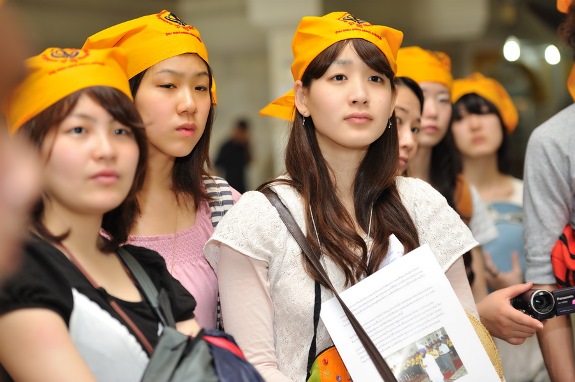
After Bangkok and Greater Bangkok, Wakayama University students went on to join a program in cultural exchange between the Thai and Japanese students at Kasetsart University Laboratory School, Si Racha Campus in Chon Buri Province to build up relationship between the Thai and Japanese youths. The program lasted three days and two nights before they went on to Thai-Japanese Society School in Si Racha District to learn about school administration of which educational provision was for the native-Japanese students that came along with their expatriate parents in Thailand for a period of work contract year(s) with Japanese-ventures in the eastern region.
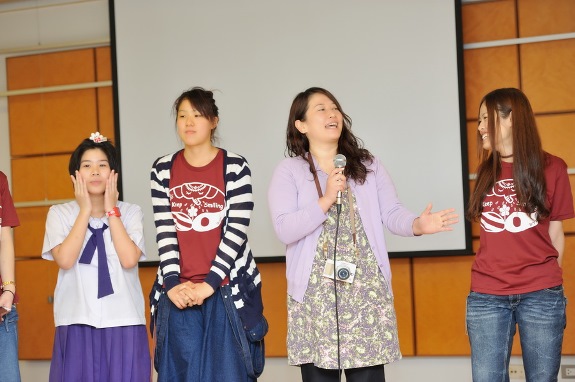
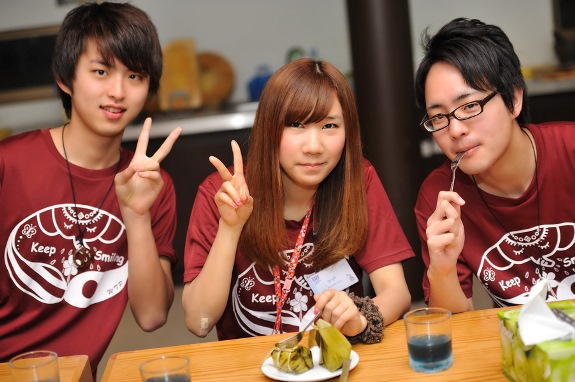
After the eastern region trip, the Japanese student went back to Bangkok for a one-day class at a Thai cuisine school at Yingcharoen Market called “Yingcharoen Home Science School” where they learned how to cook world-class Thai dishes like Chu Chi Pla Krapong (Dry Red Curry with Fried Snapper) and Som Tam (Thai Papaya Spicy Salad). At Yingcharoen Market, the Japanese students also volunteered themselves in flea market whey they sold Japanese small goods and accessories they brought with them from Japan at low prices. A sum of about 6,000 baht gained from the flea market was donated to EDF for charitable purposes. Their flea market on that day captured huge attention so successfully from the Thai customers it took them only half and hour to sell everything out.
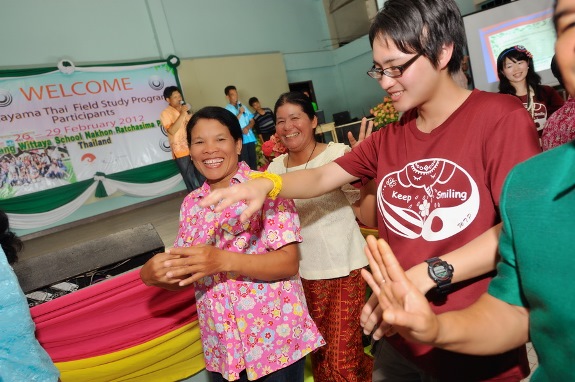
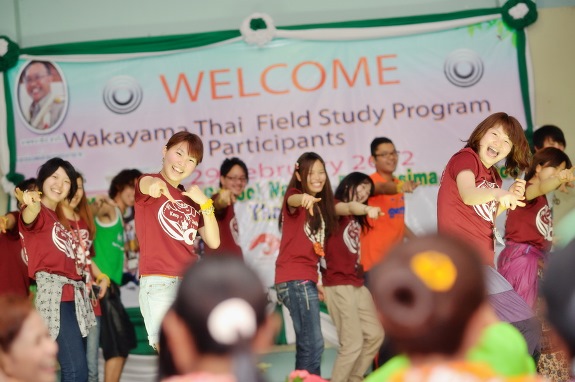
Then the university students went on upcountry to Nakhon Ratchasima Province where they had a great opportunity to get to learn about the day living or lifestyle of the northeastern (aka ‘Isan’) local people and local curriculum or educational administration of a school titled “Ban Yang Witthaya School” in Chumphuang District, Nakhon Ratchasima Province. Activities included cultural exchange programs such as cooking Thai and Japanese meals, Thai-style circle dancing, learning how to weave mats from papyrus, learning how to make chlorophyll herbal drinks, etc. Staying in home-stay style the Japanese students were warmly welcomed by not only students and teachers of the school but also hundreds of local people from the village of Ban Yang Nai nearby who also gave them kind hospitality along the four-day-and-three-night stay so warmly the Japanese students had nothing but heartfelt thanks to express their gratitude.


After the trip in Nakhon Ratchasima Province, Wakayama University students travelled to Chiang Rai Province, the northernmost province in Thailand to volunteer themselves on a volunteering program for Ban Ruam Jai School and Ban Santi Khi Ri School. The Japanese students helped together to give a classroom repaint and to make vegetable planting garden at the two schools. Besides, they also had a great time joining Thai traditional fun games and at the same time gave the Thai students theirs.
After the volunteering days, the Japanese students spent the last several days on travelling to visit the town of Mae Sai and crossed over the border between Thailand and Myanmar to the town Tachileik in Myanmar too. On the next day, they went on to Golden Triangle (Southeast Asia) where the borders of three countries, Myanmar, Laos, and Thailand, meet. Over there they paid a day visit at Wat Pratat Pha Ngao and then Wat Rong Khun in the province of Chiang Rai. On the last day, every student was on their own trip to sightsee attractions or tourism places in the province of Chiang Mai such as Doi Suthep, Night Walking Street, Pang Chang (Elephant Zoo), and etc., before flying back to Japan on the night of March 5.
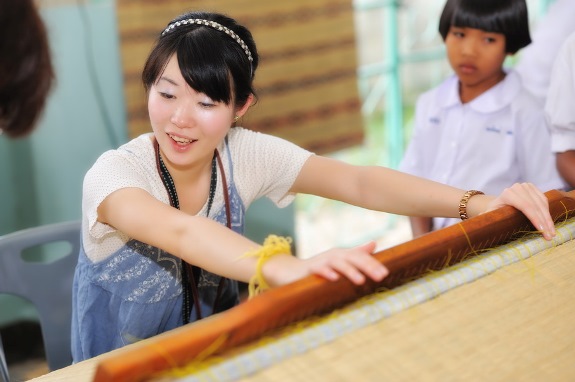
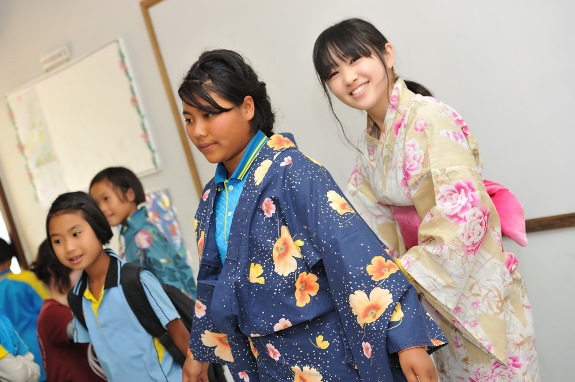
It was clearly seen that the study tour not only gave the Japanese students an opportunity to visit nearly all the parts of Thailand, but also let them learn and understand Thailand and the Thais much more. They learned much of the Thai culture when they stayed in the village, learned how the country Thai people lived their lives, joined volunteering activities with the Thai schools which instilled the mindsets of volunteerism in themselves. All in all they were clearly impressed by Thai people welcoming and hospitality, along with good memory and great time participating in many activities so much that they would like to revisit Thailand in the future.
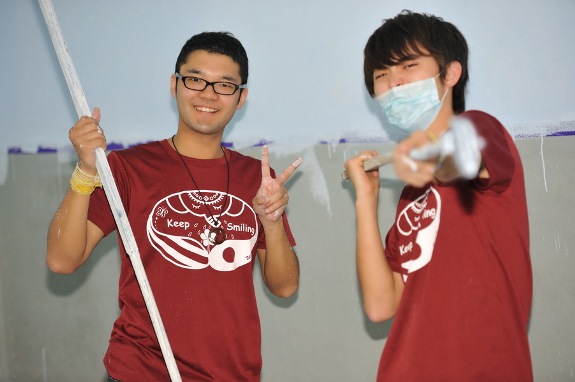
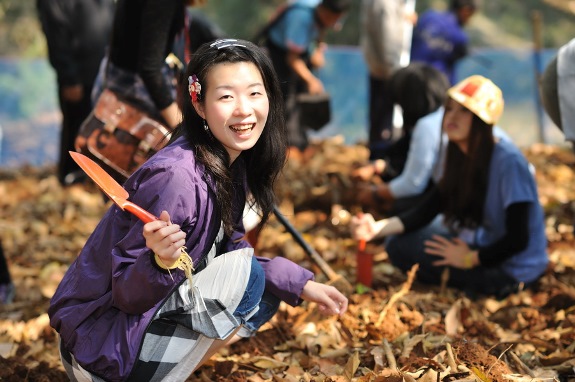
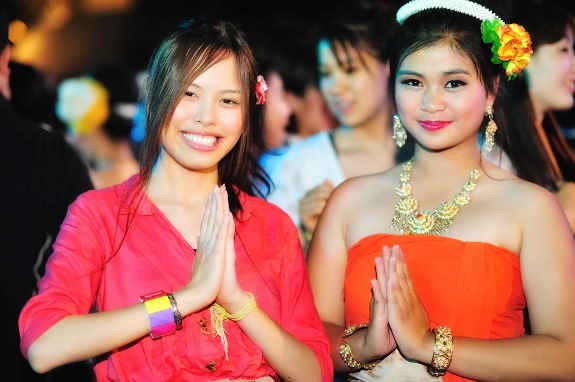 |
|
 |
|
| 2012-03-22 | Latest News & Activities | เปิดอ่าน 9884 |
|
|
|
|
|
|
|
|

